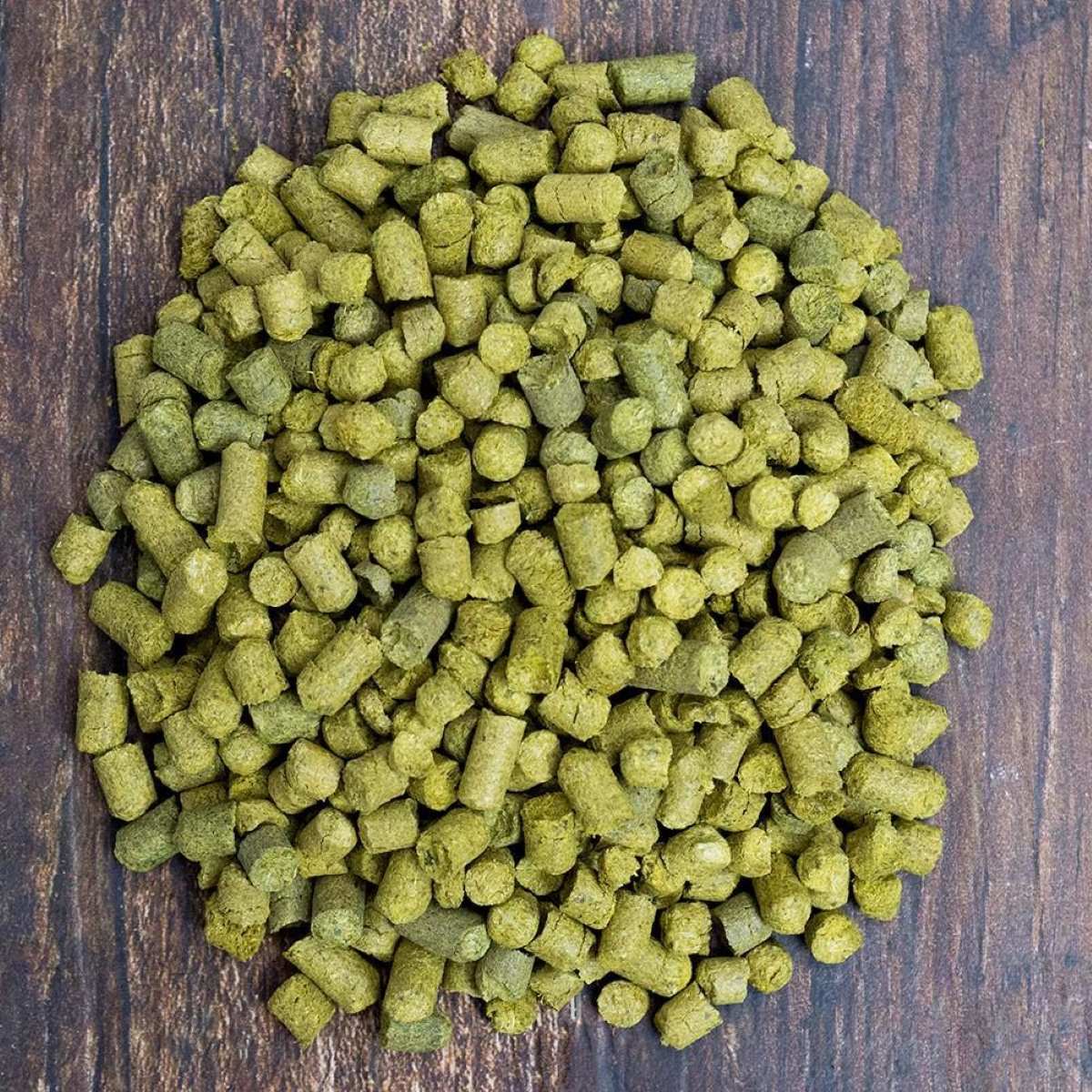

Articles
How To Store Hop Pellets
Modified: August 17, 2024
Learn the best ways to store hop pellets for long-lasting freshness. Check out our informative articles for expert tips and techniques on hop pellet storage.
(Many of the links in this article redirect to a specific reviewed product. Your purchase of these products through affiliate links helps to generate commission for Storables.com, at no extra cost. Learn more)
Introduction
Welcome to the world of brewing! If you’re a homebrewer or a professional brewer, you know how important it is to have the best ingredients when crafting your delicious brews. One essential ingredient in many beer recipes is hop pellets. These small, compacted nuggets of hop goodness add aroma, flavor, and bitterness to your beer. But what do you do with them once you’ve got them?
In this article, we’ll explore the ins and outs of properly storing hop pellets. Why is it important? How do you choose the right containers? What are the ideal temperature and humidity conditions? How can you protect hop pellets from light and oxygen? We’ll answer these questions and more to ensure that your hop pellets stay fresh and flavorful until it’s time to use them in your next batch of beer.
So, let’s dive in and learn how to store hop pellets like a pro!
Key Takeaways:
- Properly storing hop pellets is crucial to maintain their quality, freshness, and flavor, ensuring they contribute to the best possible beer experience.
- Choosing the right containers, maintaining correct temperature and humidity levels, and protecting hop pellets from light and oxygen are key practices for optimal hop pellet storage.
Read more: How To Store Pellets For Pellet Stove
What are hop pellets?
Hop pellets are small, compacted nuggets made from dried and ground hop cones. They are a popular form of hops used in brewing due to their ease of use and consistent quality. By processing hops into pellets, brewers have a convenient and efficient way to measure and add hops to their recipes.
During the hop pellet manufacturing process, the hop cones are carefully selected and kiln-dried to preserve their essential oils and aromatic compounds. The dried hop cones are then ground into a fine powder, which is subsequently compressed and formed into small pellet shapes. The process involves removing the majority of the hop plant material while retaining the essential oils and resins responsible for the hop’s aroma and bitterness.
Hop pellets provide a range of benefits to brewers. Their compact shape and size make them easy to store and measure accurately, reducing the risk of inconsistencies in beer flavor and bitterness. They also have a longer shelf life compared to whole hop cones, thanks to the reduced surface area exposed to oxygen and light.
Because hop pellets are highly concentrated, brewers can achieve precise control over the bitterness and aroma intensity in their beer recipes. This makes them a favorite choice for brewers looking to craft specific beer styles or experiment with hop combinations.
Whether you’re brewing a hop-forward IPA, a delicate Belgian ale, or any other beer style, hop pellets are a versatile and essential ingredient that can elevate the flavor and aroma of your brews.
Why store hop pellets properly?
Proper storage of hop pellets is crucial to maintain their quality and preserve their flavors and aromas. As a brewer, you invest time and effort in selecting the best hop varieties for your recipes, so it’s essential to protect that investment by storing them correctly. Here are a few reasons why storing hop pellets properly is important:
- Prolonging freshness: Hop pellets contain delicate essential oils and compounds that contribute to their unique flavors and aromas. When not stored properly, these oils can deteriorate, leading to a loss of flavor and aroma potency. By storing hop pellets correctly, you can extend their freshness and ensure they deliver their full range of sensory characteristics to your beer.
- Preserving bitterness: The alpha acids in hop pellets are responsible for their bittering properties. These alpha acids can degrade over time, reducing the bitterness intensity of your hops. Proper storage helps slow down this degradation and ensures that your hop pellets retain their desired bitterness levels, resulting in a well-balanced and flavorful beer.
- Consistency in brewing: When you store hop pellets properly, you can achieve consistent results in your brewing. Inconsistent hop quality can lead to variations in bitterness, aroma, and flavor, making it challenging to reproduce your favorite recipes or to maintain the desired characteristics of specific beer styles. By storing hop pellets correctly, you can avoid these inconsistencies and ensure that each batch of beer is of high quality.
- Cost-effectiveness: Hop pellets can be quite expensive, especially if you’re using premium or specialty hop varieties. Proper storage helps maximize the shelf life of your hop pellets, allowing you to use them over an extended period and minimize waste. By avoiding spoilage and degradation, you can make the most out of your hop pellet investment.
- Flexibility in brewing: By storing your hop pellets properly, you can build up a collection of different hop varieties and experiment with various combinations in your recipes. Having a well-stocked and well-preserved hop pellet supply gives you the freedom to explore new flavors, create unique beer profiles, and continuously refine your brewing skills.
Now that we understand why storing hop pellets properly is essential, let’s explore the best practices for hop pellet storage.
Choosing the right containers for hop pellet storage
When it comes to storing hop pellets, selecting the right containers is crucial to maintain their quality and freshness. The ideal containers should protect the hops from external factors such as light, moisture, and oxygen. Here are some factors to consider when choosing containers for hop pellet storage:
- Airtightness: It’s important to choose containers that are airtight to minimize the exposure of hop pellets to oxygen. Oxygen can lead to hop degradation and the loss of essential oils, resulting in diminished flavors and aromas. Look for containers with tight-fitting lids or seals to ensure airtight storage.
- Material: The material of the containers can also impact hop pellet storage. Avoid containers made of materials that can interact with the hop pellets and affect their flavors. Glass jars or food-grade plastic containers are popular choices for hop pellet storage due to their non-reactive properties.
- Size: Consider the size of the containers based on the quantity of hop pellets you typically use. Smaller containers can be beneficial if you frequently open and close them, as they reduce the amount of air exposure each time. However, larger containers may be more practical for storing larger quantities of hop pellets.
- Transparency: Hop pellets are sensitive to light, specifically ultraviolet (UV) light. UV light can degrade hop compounds, leading to changes in flavors and aromas. Opt for containers that are opaque or have UV-blocking properties to shield the hop pellets from light exposure.
- Stackability: If you have a limited storage space, containers that are stackable can help optimize the use of your available area. Stackable containers allow you to efficiently organize and store your hop pellets, making it easier to locate and access them as needed.
When storing hop pellets, it’s also a good idea to transfer them from their original packaging to the chosen storage containers. The original packaging may not provide sufficient protection from light and oxygen. Ensure that the containers are clean, dry, and free from any residual odors or contaminants that might impact the hop pellets.
By choosing the right containers for hop pellet storage, you can maintain the quality and freshness of your hops, resulting in flavorful and aromatic brews. Now that we’ve covered container selection let’s move on to discussing the proper temperature and humidity conditions for hop pellet storage.
Proper temperature and humidity levels for hop pellet storage
Temperature and humidity play significant roles in maintaining the quality and freshness of hop pellets. Storing hop pellets at the appropriate temperature and humidity levels can preserve their flavors, aromas, and bitterness. Here are some guidelines to follow:
- Temperature: The ideal temperature for storing hop pellets is between 0°C (32°F) and 5°C (41°F). Keeping them in the refrigerator helps to maintain a cool and stable environment. Avoid storing hop pellets in the freezer, as the extreme cold temperatures can cause condensation when the pellets are exposed to warmer air, potentially damaging their quality.
- Humidity: Hop pellets should be stored in a low humidity environment to prevent moisture absorption and the development of mold or mildew. Aim for a relative humidity level below 50%. Excessive humidity can cause the pellets to clump together and degrade their quality. If you live in a particularly humid environment, consider using desiccant packs or moisture-absorbing agents in the storage container to maintain optimal conditions.
It’s important to note that fluctuations in temperature and humidity can negatively impact hop pellets. Avoid storing them in areas that are prone to temperature variations or high humidity levels, such as near stoves, ovens, or sinks.
Furthermore, be mindful of the storage location within the refrigerator. It’s best to keep hop pellets away from strong-smelling foods or substances, as they can absorb odors easily. You may consider using airtight containers to provide an additional layer of odor protection.
By storing hop pellets at the appropriate temperature and humidity levels, you can ensure their longevity and preserve their sensory characteristics. Now, let’s explore the importance of protecting hop pellets from light and oxygen.
Store hop pellets in airtight, resealable bags or vacuum-sealed containers to prevent oxidation and maintain freshness. Keep them in a cool, dark place, such as a freezer, to prolong their shelf life.
Read more: How To Store Fresh Hops
Protection from light and oxygen
Light and oxygen are two factors that can significantly degrade the quality of hop pellets. Taking measures to protect hop pellets from light and oxygen exposure is vital to maintain their freshness and preserve their flavors and aromas. Here’s why it’s important and how you can ensure proper protection:
- Light: Hop pellets are sensitive to light, especially ultraviolet (UV) light. When exposed to light, hop compounds can break down, leading to a loss of flavor and aroma potency. To protect hop pellets from light, store them in opaque containers or in a dark area, away from direct sunlight or bright artificial light sources. UV-blocking containers or amber glass jars are particularly effective in shielding hop pellets from harmful light rays.
- Oxygen: Oxygen can have a detrimental effect on hop pellets, causing oxidation and the deterioration of their essential oils and alpha acids. Oxidized hop pellets can result in off-flavors and a decrease in bitterness. To minimize oxygen exposure, ensure that the storage containers are airtight and properly sealed. Consider using oxygen-absorbing packets or vacuum-sealed bags to further reduce oxygen levels within the containers. Additionally, avoid excessive agitation or frequent opening of the containers, as it can introduce oxygen and accelerate the degradation process.
It’s worth noting that proper protection from light and oxygen should not be limited to storage but should also be considered during transportation. If you purchase hop pellets online or from a supplier, ensure they are packaged in light-resistant and oxygen-barrier materials to prevent any degradation before they even reach your storage.
By protecting hop pellets from light and oxygen, you can preserve their quality and ensure that their flavors and aromas remain intact. Now, let’s move on to discussing the importance of storing hop pellets in a cool and dark place.
Storing hop pellets in a cool and dark place
When it comes to storing hop pellets, creating the ideal environment is crucial for preserving their freshness and flavors. One key aspect of proper hop pellet storage is keeping them in a cool and dark place. Here’s why it’s important and how you can ensure optimal conditions:
- Cool temperature: Heat can accelerate the degradation process of hop pellets, leading to a loss of flavor and aroma potency. Storing hop pellets at a cool temperature helps slow down this degradation and preserves their quality. Aim for a storage temperature between 0°C (32°F) and 5°C (41°F), making a refrigerator an ideal storage location.
- Dark environment: Hop pellets are sensitive to light, particularly ultraviolet (UV) rays. UV light can break down hop compounds, resulting in flavor and aroma degradation. Storing hop pellets in a dark environment, away from direct sunlight or bright artificial light sources, is vital to protect them from light exposure. Choose opaque containers or store them in a dark area to shield the pellets from harmful UV rays.
When selecting a storage location, consider a cool and dark spot that is away from sources of heat and light. Putting hop pellets in a pantry or a dedicated section of the refrigerator works well for most homebrewers. It’s important to keep the pellets away from strong-smelling foods or substances, as hop pellets can easily absorb odors. Additionally, ensure that the containers used for storage are airtight and properly sealed to minimize oxygen exposure, as discussed earlier.
Regularly monitoring the storage temperature is essential, especially in hotter climates or during warmer seasons. Excessive heat can lead to hop degradation even if the storage location is initially cool. You can use a thermometer to regularly check the temperature to ensure it remains within the recommended range. Likewise, periodically inspect the storage containers for any signs of damage or compromised seals to prevent air exposure or possible contamination.
By storing hop pellets in a cool and dark place, you can maintain their freshness, flavors, and aromas, ensuring they are ready to deliver their magic in your next batch of beer. Now, let’s address the importance of monitoring and inspecting hop pellets regularly.
Monitoring and inspecting hop pellets regularly
Ongoing monitoring and inspection of your hop pellets are essential to ensure their quality and freshness. Regular checks can help identify any potential issues early on and allow you to take corrective measures. Here are some key aspects to keep in mind when monitoring and inspecting hop pellets:
- Freshness and aroma: Periodically assess the freshness and aroma of your hop pellets. Take a moment to open the storage container and give them a gentle sniff. If they have lost their intense aroma or have developed off-putting odors, it may be an indication of degradation or spoilage. Fresh hop pellets should have a distinct and vibrant aroma, indicative of their quality.
- Visual assessment: Regularly inspect the hop pellets visually. Look for any signs of mold, discoloration, or clumping. Mold growth on hop pellets can be a result of excess humidity or inadequate airflow. Clumping can occur due to moisture absorption or improper storage conditions. If you notice any abnormalities, it’s best to discard the affected hop pellets to prevent any negative impact on your beer’s flavor.
- Bitterness potency: As hop pellets age, their alpha acid content can degrade, leading to a decrease in bitterness potency. If you find that your beer is consistently less bitter than desired, it may be a sign that your hop pellets have lost their bitterness intensity. Adjust your hop quantities accordingly or consider obtaining fresh hop pellets for optimal bitterness in your brews.
- Storage conditions: Regularly assess the temperature and humidity levels of your hop pellet storage area. Ensure that the temperature remains within the recommended range of 0°C (32°F) to 5°C (41°F) and that the relative humidity stays below 50%. If you notice any fluctuations or deviations, take necessary actions to restore optimal conditions. For example, if humidity levels increase, consider using moisture-absorbing agents or desiccant packs to maintain proper moisture control.
It’s important to develop a routine for monitoring and inspecting hop pellets. Set a schedule to check on them every few weeks or whenever you plan to use them in a new brew. By remaining vigilant and proactive in your hop pellet storage, you can catch any issues early and ensure that your brews are of the highest quality.
In addition to monitoring and inspection, keep a record of the storage duration of your hop pellets. This can help you track their shelf life and ensure you use them within their recommended timeframe for the best results. Freshness is key when it comes to hop pellets, so prioritizing their timely usage is important.
By regularly monitoring and inspecting hop pellets, you can maintain optimal quality and make informed decisions about their usage in your brewing endeavors. Now, let’s address some frequently asked questions about hop pellet storage.
Frequently asked questions about hop pellet storage
1. Can I store hop pellets in the freezer?
It is not recommended to store hop pellets in the freezer. Freezing hop pellets can cause condensation when they are exposed to warmer air, leading to moisture absorption and potential degradation. It’s best to store hop pellets in a cool environment, such as a refrigerator, where the temperature remains stable without reaching freezing temperatures.
2. How long can hop pellets be stored?
The shelf life of hop pellets can vary depending on the specific hop variety and storage conditions. Generally, hop pellets can remain fresh and usable for about 6 months to 1 year when stored properly. However, it is recommended to use them within the first 3 to 6 months for optimal flavor and bitterness. Keeping track of the storage duration and using them within their recommended timeframe can help ensure the best results in your brewing.
3. Can I reseal the original packaging of hop pellets?
If the original packaging of hop pellets is resealable and provides adequate protection from light and oxygen, you can certainly use it for storage. However, it is often recommended to transfer hop pellets to airtight containers that offer better protection against external factors. This allows for easier monitoring, reduces the risk of contamination, and provides more secure storage conditions.
4. Should I grind hop pellets before using them in my beer recipe?
No, hop pellets are already ground and in a form ready for use in beer recipes. Grinding them further is not necessary and can result in difficulties during the brewing process, such as clogged equipment or unwanted particles in the beer. Simply measure out the desired quantity of hop pellets as indicated in your recipe and utilize them directly in your brewing process.
5. Can I use hop pellets past their expiration date?
The expiration or “best by” date on hop pellet packages serves as a guideline for the optimal usage timeframe. While hop pellets may still be usable past the expiration date, their quality and potency may diminish over time. It’s best to use hop pellets within their recommended storage period for the freshest and most flavorful results. If you decide to use hop pellets beyond their expiration date, consider adjusting the quantity used to account for potential degradation in bitterness and aroma.
Remember, proper storage practices can help extend the usable life of hop pellets, but freshness is key for the best brewing experience. If in doubt, it’s often recommended to prioritize using fresh hop pellets to maximize the flavors, aromas, and bitterness in your beers.
Now, armed with this knowledge about hop pellet storage, you can confidently store and utilize your hop pellets to create amazing brews time and time again!
If you have any other questions or need further assistance, feel free to reach out. Happy brewing!
Read more: How To Store Pellet Grill Pellets
Conclusion
Properly storing hop pellets is essential to preserve their quality, freshness, and flavor for your brewing endeavors. By following the right practices, you can ensure that your hop pellets contribute to the best possible beer experience. Remember the key points we discussed:
First, choose the right containers for hop pellet storage. Opt for airtight, non-reactive, and appropriately sized containers that provide protection from light and oxygen.
Second, maintain the correct temperature and humidity levels. Store hop pellets in a cool environment, preferably in a refrigerator, and ensure the humidity remains below 50%.
Third, protect hop pellets from light and oxygen. Use opaque or UV-blocking containers to shield the pellets from harmful light rays, and ensure the storage containers are airtight to minimize oxygen exposure.
Store hop pellets in a cool and dark place. Avoid temperature fluctuations and light exposure to maintain their freshness and prevent degradation.
Regularly monitor and inspect hop pellets for freshness, aroma, mold, and clumping. Stay vigilant to catch any issues early on and ensure the quality of your hop pellets.
Lastly, be mindful of the shelf life of hop pellets. Use them within their recommended timeframe for the best flavors and aromas in your beer.
By implementing these practices, you can make the most out of your hop pellets and create exceptional brews. Remember that freshness and careful storage directly impact the taste and aroma of your beers.
Now, armed with this knowledge, go forth and brew with confidence. Experiment with hop varieties, create unique flavor profiles, and enjoy the art of crafting your own exceptional beers. Cheers to your brewing success!
If you have any further questions or need assistance, don’t hesitate to reach out. Happy brewing!
Frequently Asked Questions about How To Store Hop Pellets
Was this page helpful?
At Storables.com, we guarantee accurate and reliable information. Our content, validated by Expert Board Contributors, is crafted following stringent Editorial Policies. We're committed to providing you with well-researched, expert-backed insights for all your informational needs.
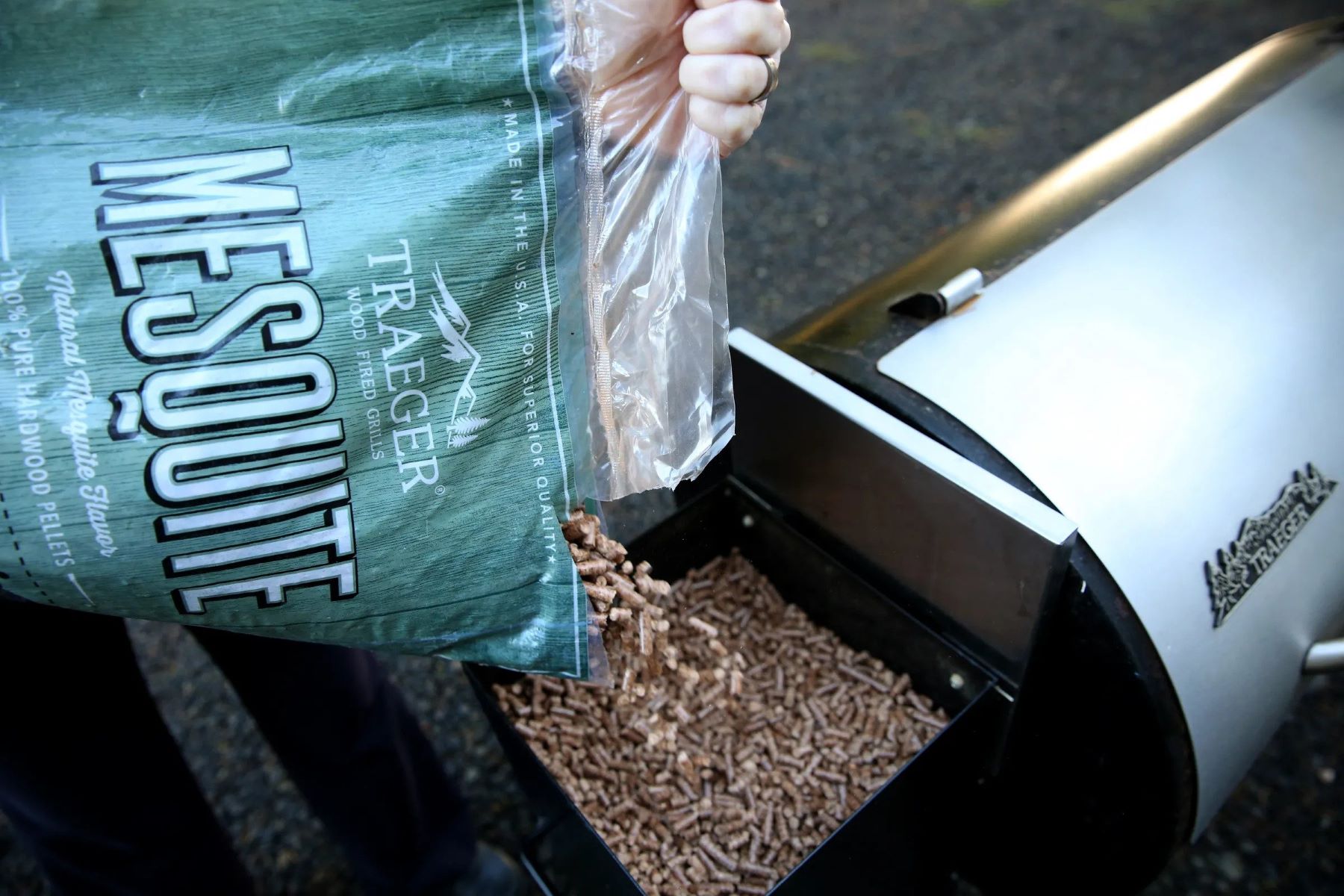
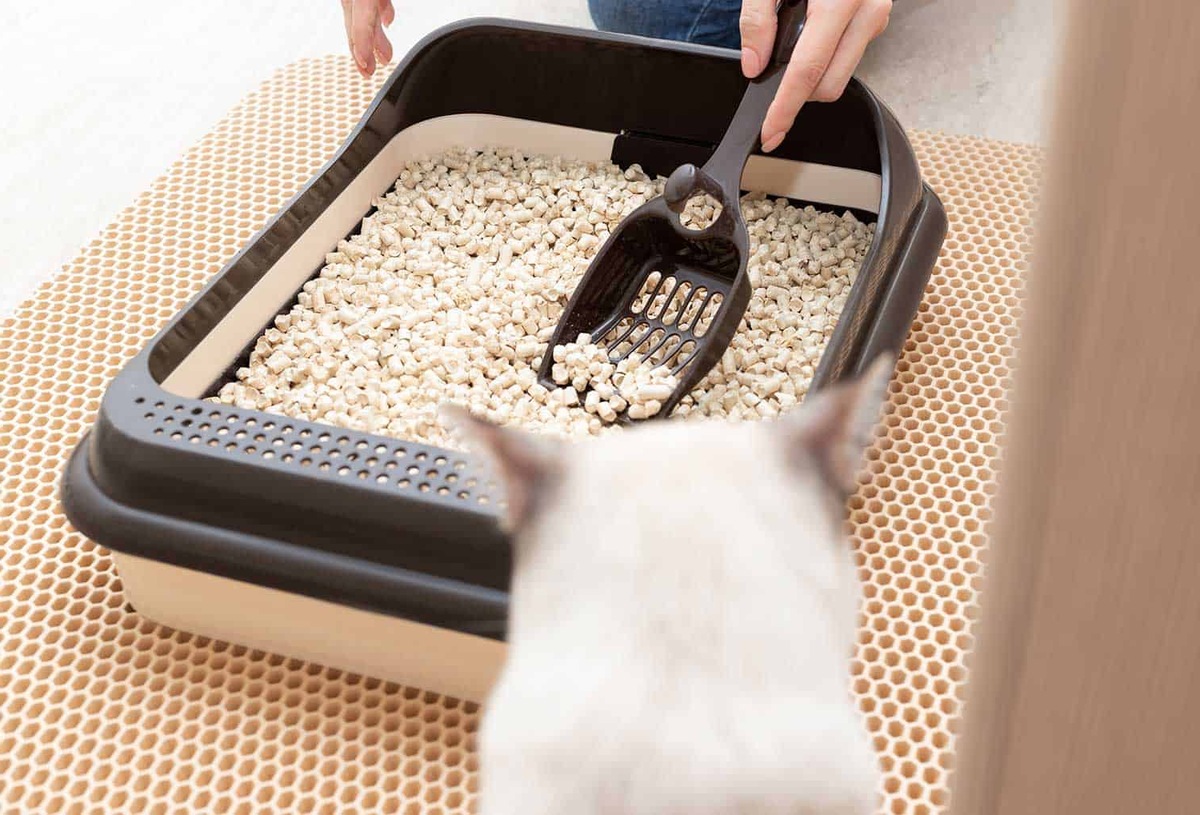


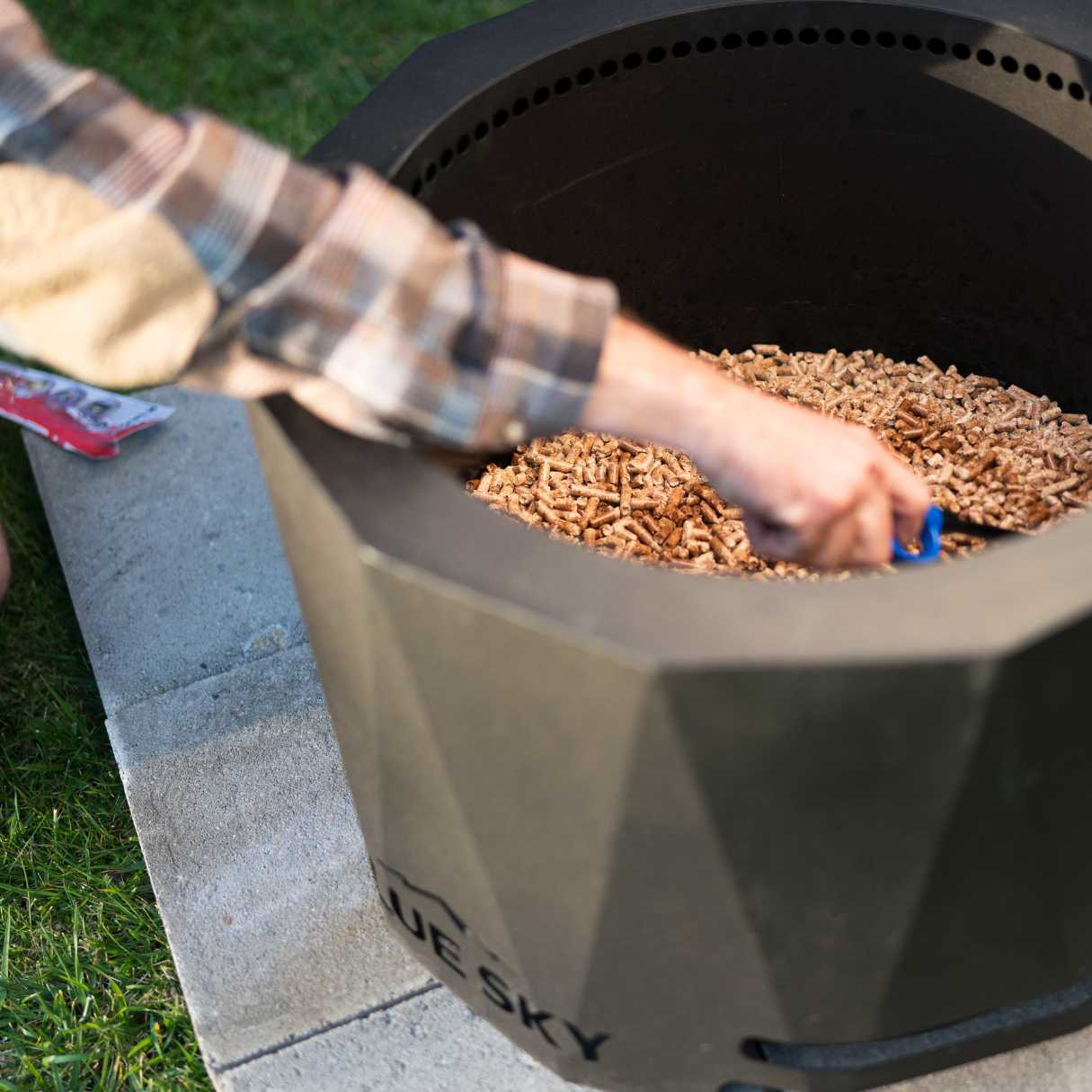
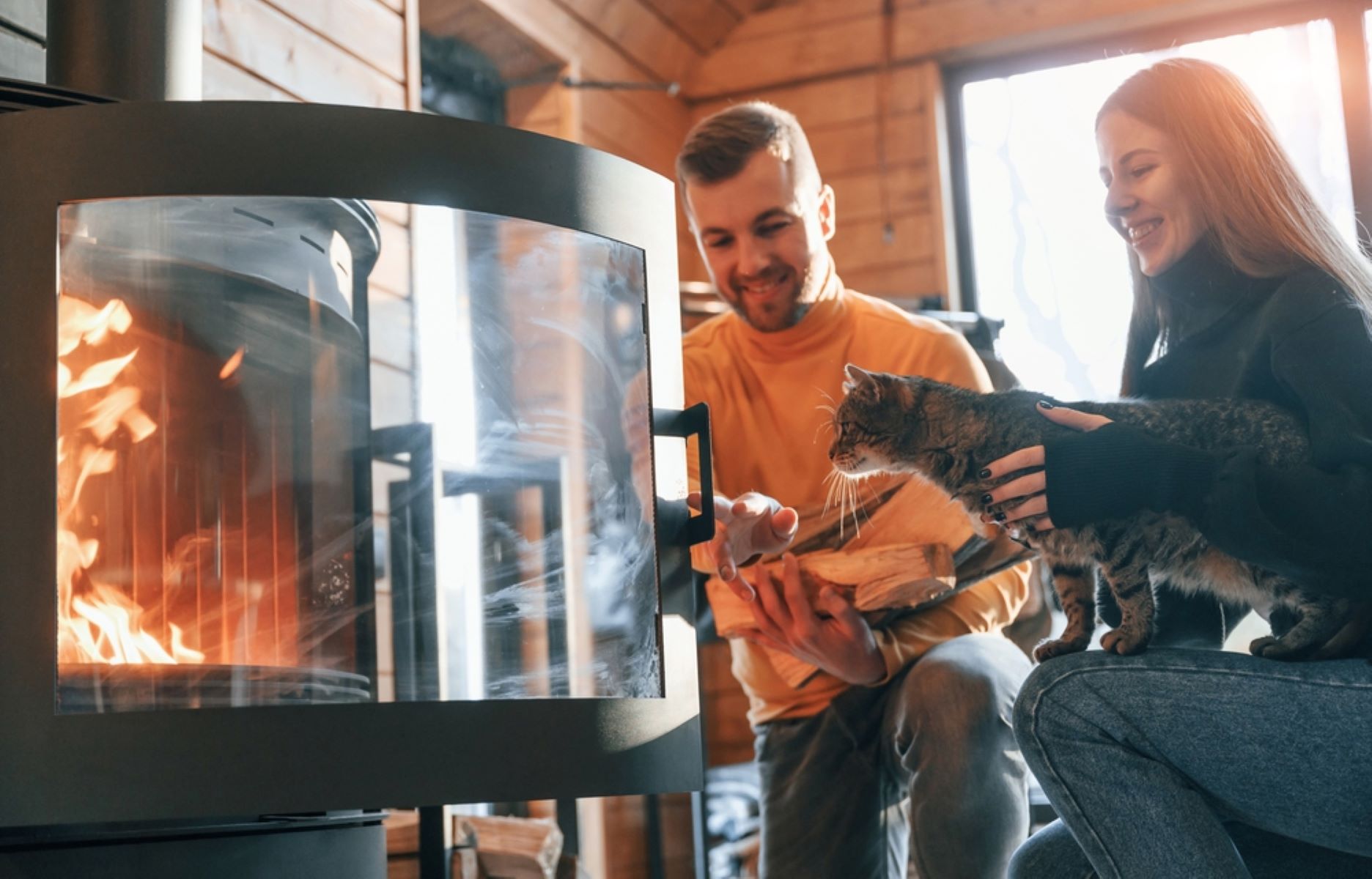
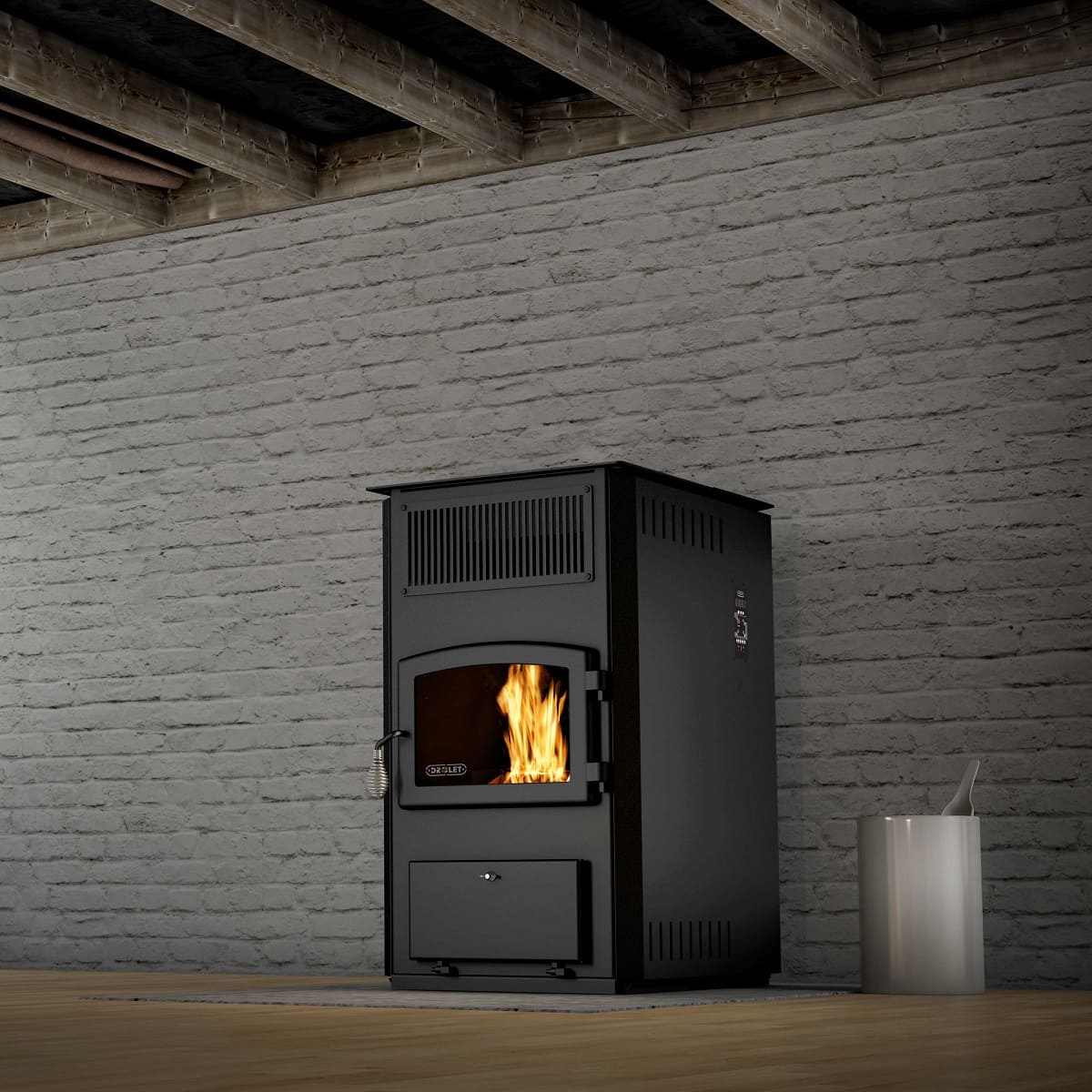


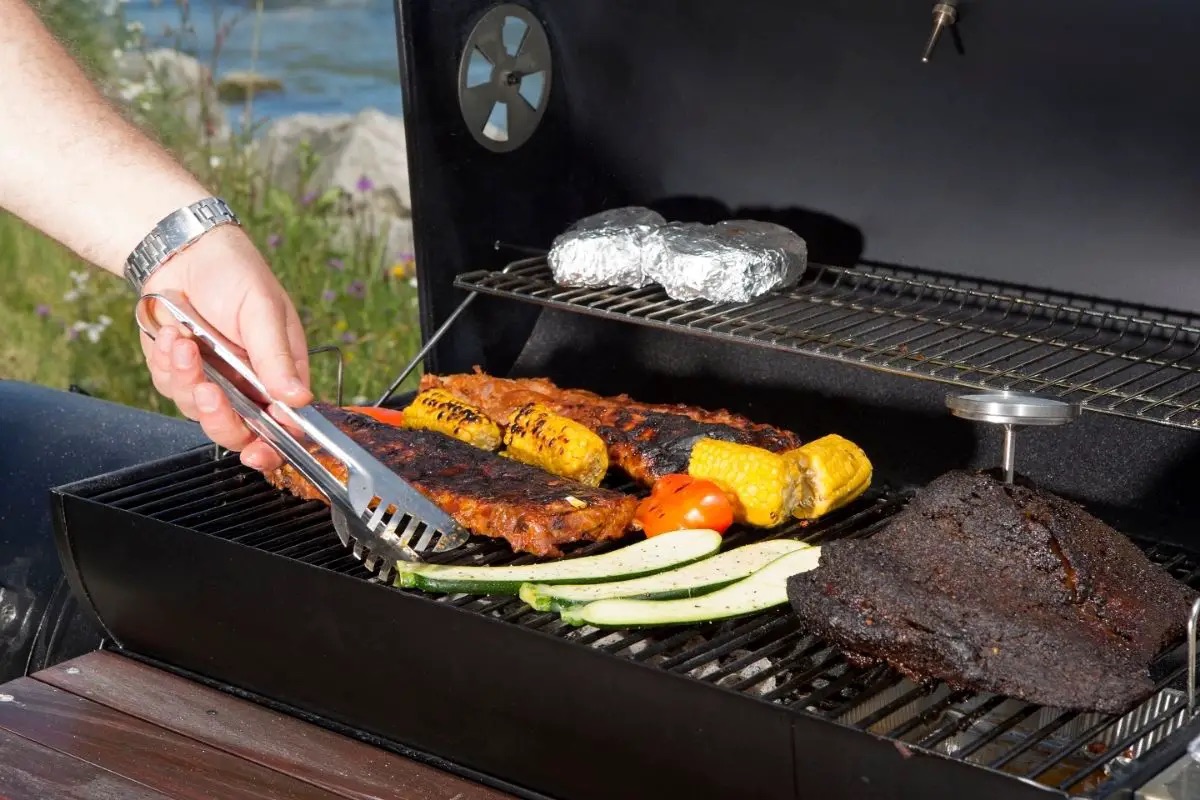
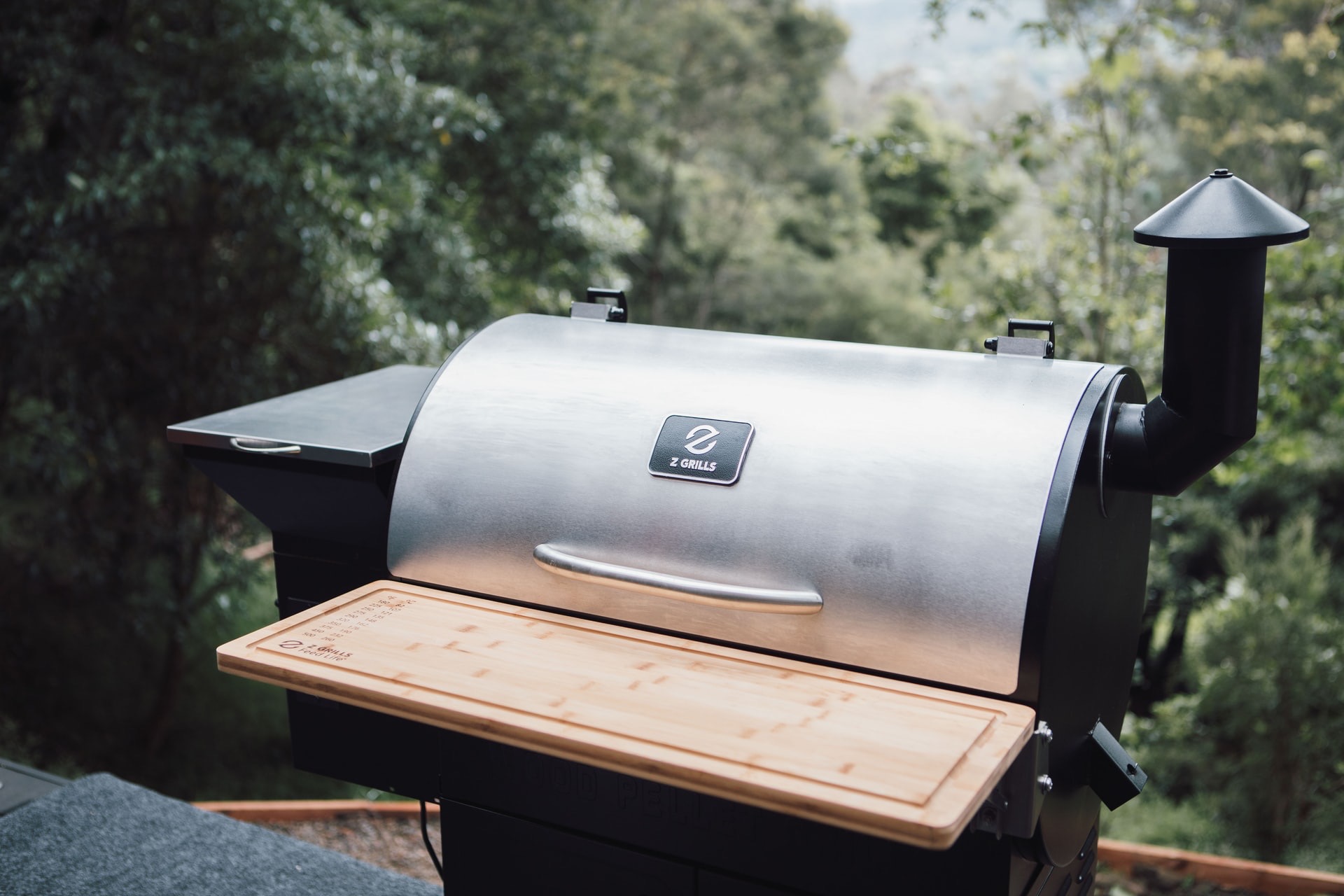
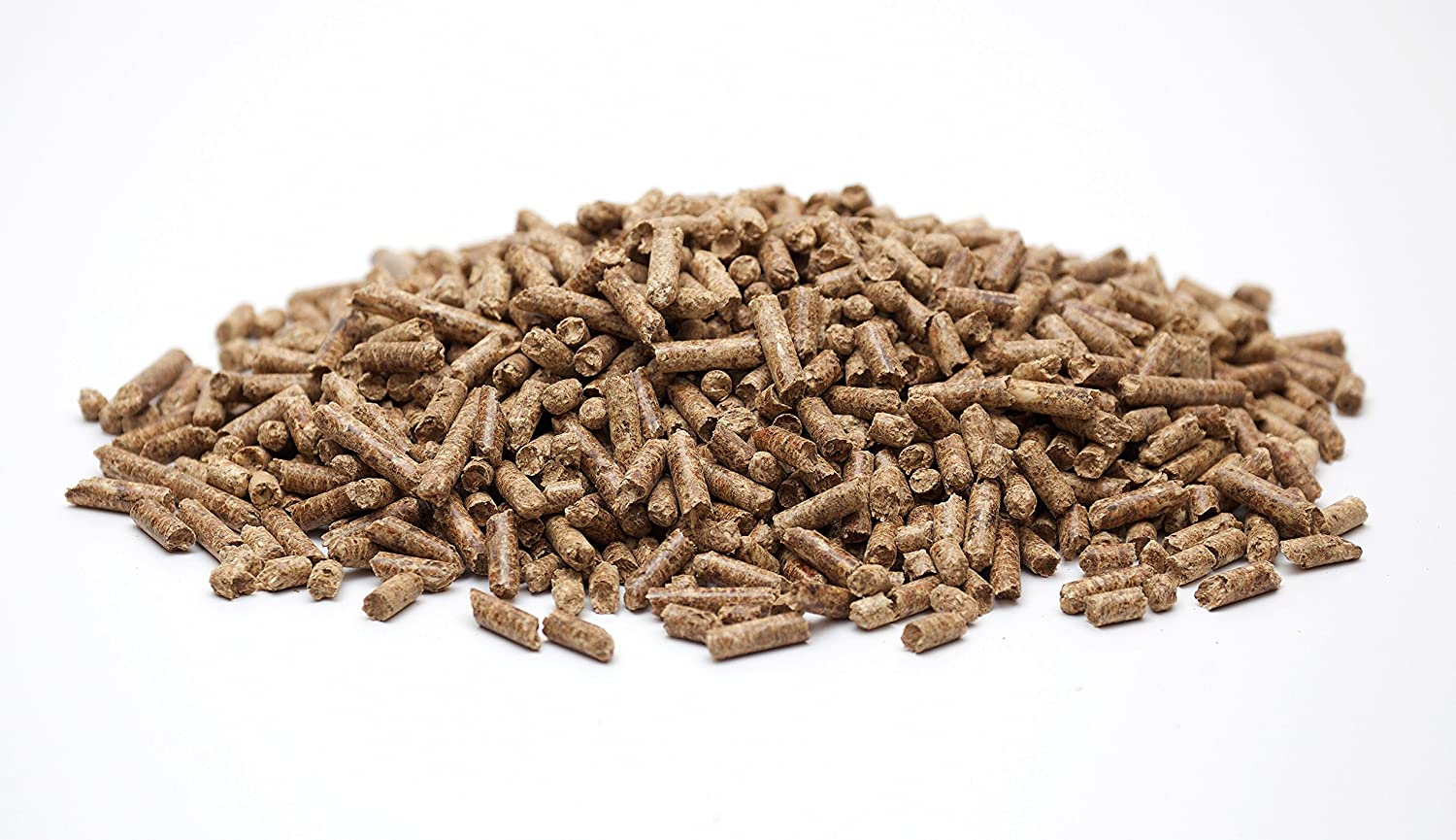
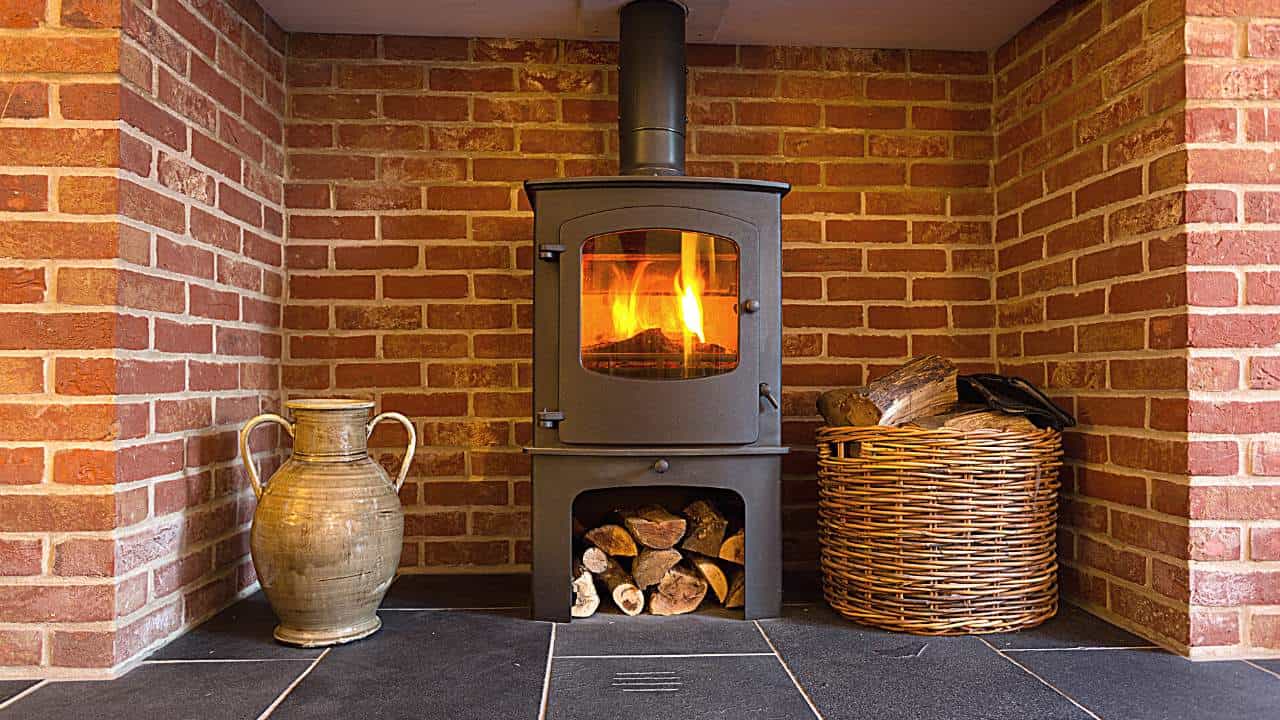

0 thoughts on “How To Store Hop Pellets”